Typical constructions
Puglia is a region that, through its typical buildings, tells stories of hard work, tradition and timeless beauty. From dry stone walls to the specchie, passing through baroque churches and the typical pajare, every corner of this land is a journey into the past, an encounter with a culture that knows how to combine respect for nature with the greatness of human ingenuity. Every village, every building, every stone tells a piece of history that makes Puglia one of the most fascinating regions in Italy!
One of the distinctive elements of the Apulian landscape are the dry stone walls, which delimit agricultural land, pastures and olive groves. Built without the use of mortar, but simply by overlapping stones in such a way as to guarantee their stability, these walls are an extraordinary example of rural engineering. Their construction requires great skill and knowledge of the territory, as the stones must be selected based on their shape and size to adapt perfectly to each other. Dry stone walls are widespread throughout the region but mostly in the Itria Valley area, famous for hosting centuries-old olive groves.
Not to forget the famous trulli of nearby Alberobello. These are ancient stone dwellings typical of the Puglia region with conical roofs, used for centuries as rural homes and stables for animals.
Baroque art also finds fertile ground in the Puglia region where it is possible to admire some of the most significant examples. Among these, Lecce is certainly the baroque city par excellence of all Puglia, with its imposing Basilica of Santa Croce. It is no coincidence that it has been nicknamed “the capital of the Baroque”.
As evidence of the food and wine identity of the Region, the ancient underground oil mills, underground structures that were used for milling olives. These oil mills, dug into the rock, are found in various areas of Puglia, particularly in lower Salento. The particular underground position guaranteed an ideal temperature for the conservation of the oil and for the processing. Today, many of these mills have been restored and can be visited, offering tourists a fascinating journey into the region’s agricultural past.
In this section you can discover everything there is to know about all the typical buildings of Puglia, particular places that tell past stories of considerable cultural interest.
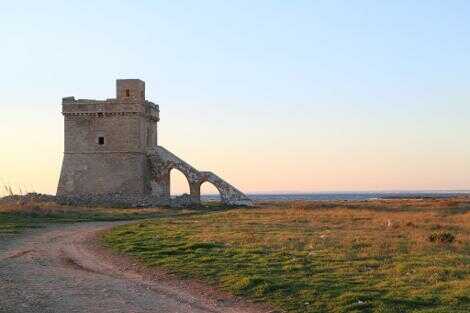
Coastal towers in Salento
The coastal towers scattered throughout Salento are some of the most important historical testimonies of the period in which the region represented the frontier of Europe, the bridge from the Western world to the East.
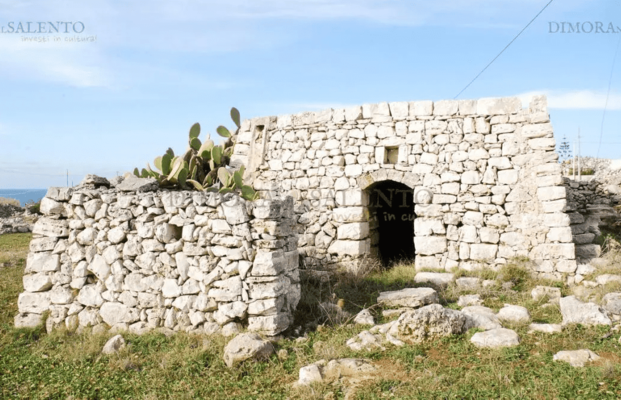
The “Liame” in Salento
The Salento "liame" are rural buildings, with a quadrangular or rectangular plan with a barrel vault. The perimeter walls of the liàme are built with dry stone, while the barrel vault roof is made of blocks of tufaceous stone (“pièzzi de càrparu”).

Hypogean oil mills in Salento
It is precisely in the lower Salento, precisely in Presicce, that we find the greatest number of underground oil mills dug into the stone, called trappeti.
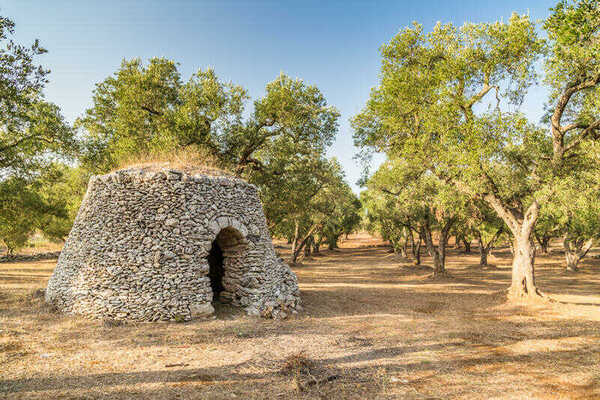
The “Pajare” in Salento
The Pajare also called "caseddhi", but also "pagghiari" or "furni" are particular typical buildings present in Salento and are considered typically rural homes and built with the dry wall technique. Furthermore, they respect the standards of green building because the use of natural materials such as stone does not affect the environment, becoming a true engineering marvel.

Courtyard houses in Salento
During your walks through the historic centers of Salento, you may come across houses with a particular architectural shape. The phenomenon of courtyard houses, born in 1500 in Salento, favored, in past times, the social cohesion of families thanks to its structural characteristics.
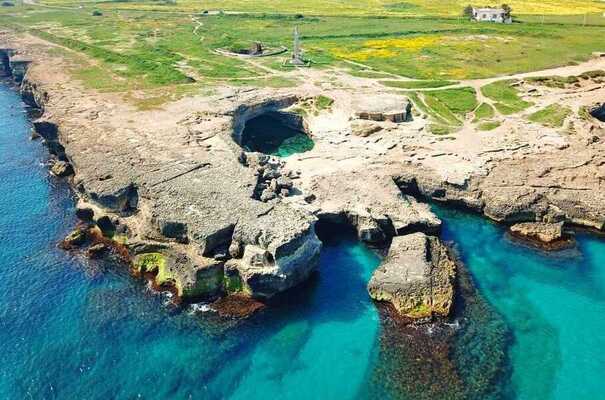
Salento Caves
Salento is a peninsula full of numerous and evocative caves scattered here and there, which can be visited mainly by sea. They all deserve to be visited for the colors or the particular shape of the rocks, creating a beautiful journey inside them, rich in history and nature. Even those who are passionate about trips, excursions and diving, here, can enjoy beautiful glimpses of rock full of niches and cliffs.
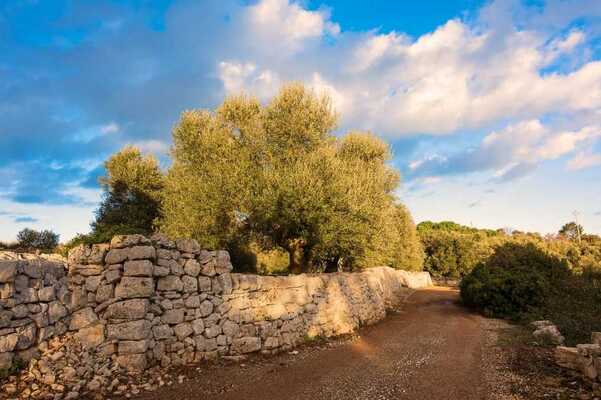
Dry stone walls in Puglia
Among the many peculiarities that characterize the Salento landscape and Puglia in general, there are undoubtedly the dry stone walls. These walls give all visitors one of the most authentic faces of Salento such that they immediately understand where they are. The creators of the "dry stone walls", who handed down this art form through the centuries, were certainly the descendants of the Messapians and the Neoliths.
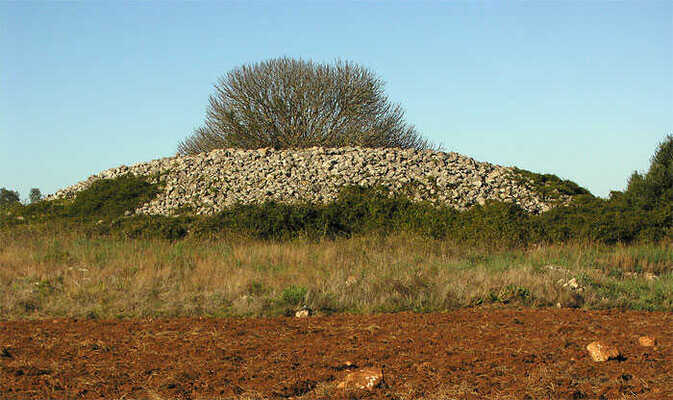
The “Specchie” in Puglia
A living testimony of prehistory in Puglia are the "Specchie" buildings similar to towers and consist of artifacts of very ancient origins made dry from piles of limestone. It is not possible to give these constructions a precise historical location: according to some scholars, in fact, their appearance dates back to the Neolithic, while, for others, they date back to the times of the Messapians.
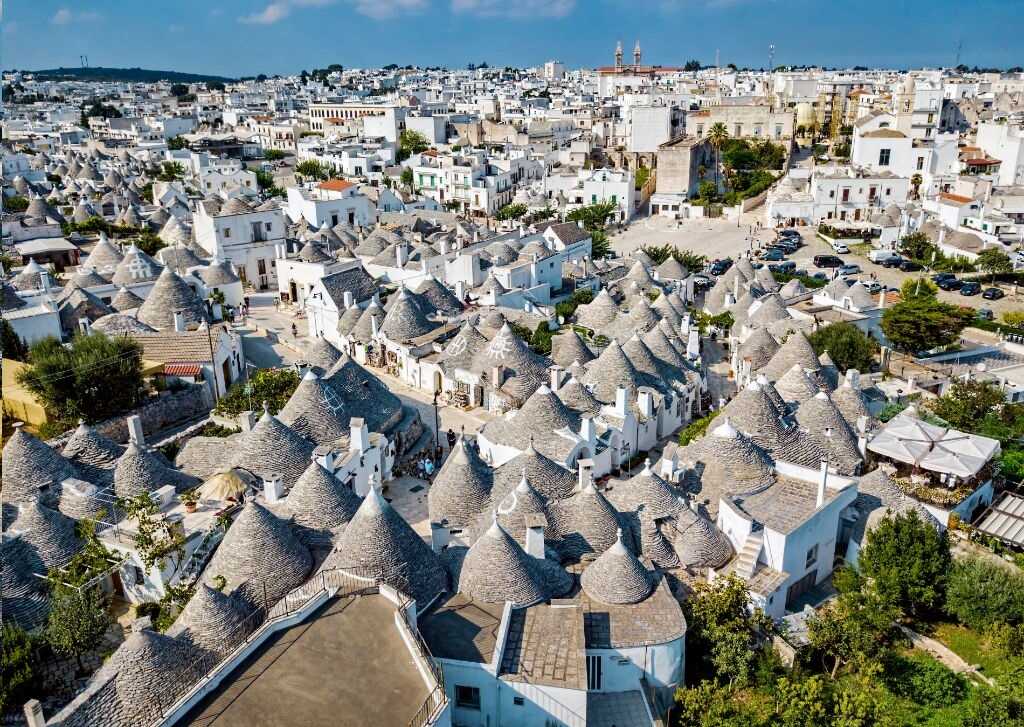
Trulli in Puglia
Trulli are the most significant symbol of Puglia, a type of construction that fascinates for its uniqueness and beauty. These cone-shaped buildings, made with dry stones without the use of mortar, are a true architectural marvel and a testimony of the popular tradition of Puglia. Evidence of these constructions is the town of Alberobello, declared […]

The Dolmens in Salento
It is difficult to explain the overwhelming love for this extraordinary place, a land made of landscapes, colors and mysteries: Salento which has very ancient, even prehistoric, roots. We start precisely from the 4th millennium BC. with the birth of the Dolmen in the Salento area.
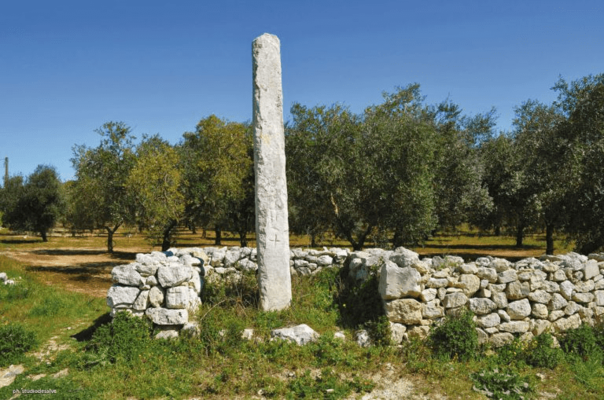
The Menhirs in Salento
Silent witnesses of the first expressions of human feeling, of a past that did not yet know Messapic civilization, are the Menhirs scattered throughout Salento, whose origin and function remain shrouded in an aura of mystery.

The Grelle in Puglia
The Grelle in Puglia were used during the Second War to create taxiways and landing strips for military aircraft.

Apulian capasoni
Apulian capasoni are clay containers used in ancient times as containers for wine, extra virgin olive oil and water, due to their ability to keep the temperature inside them constant without the contents altering.
